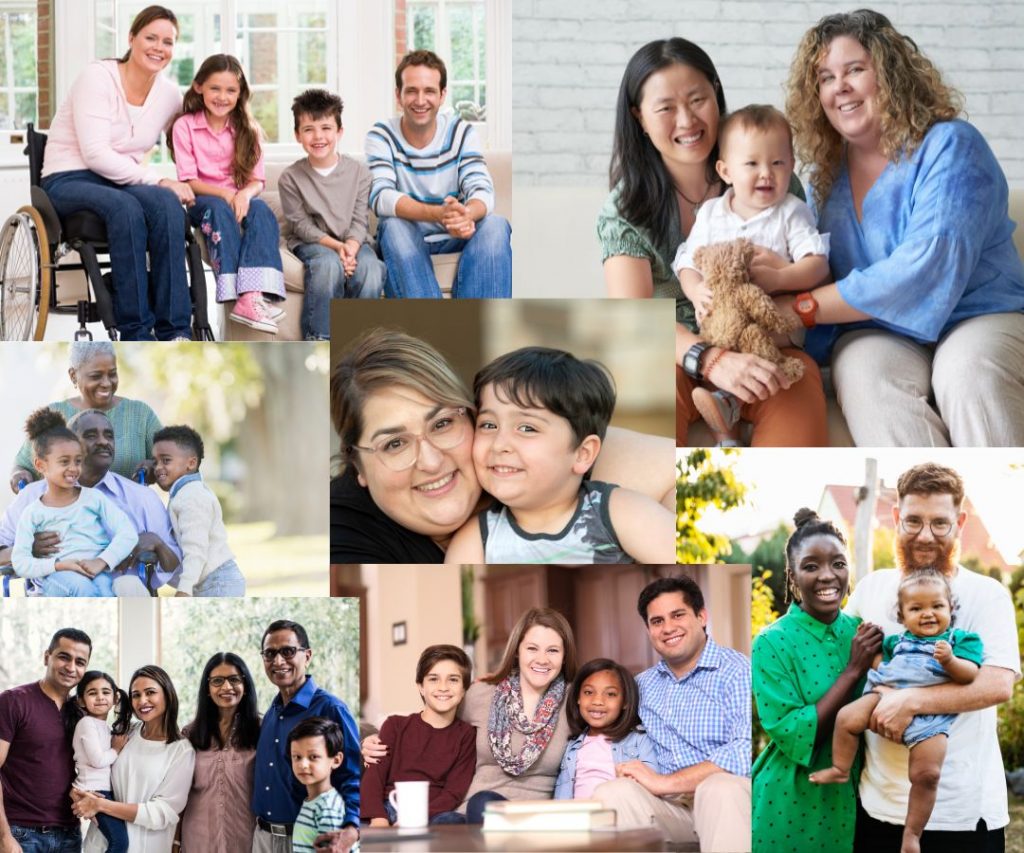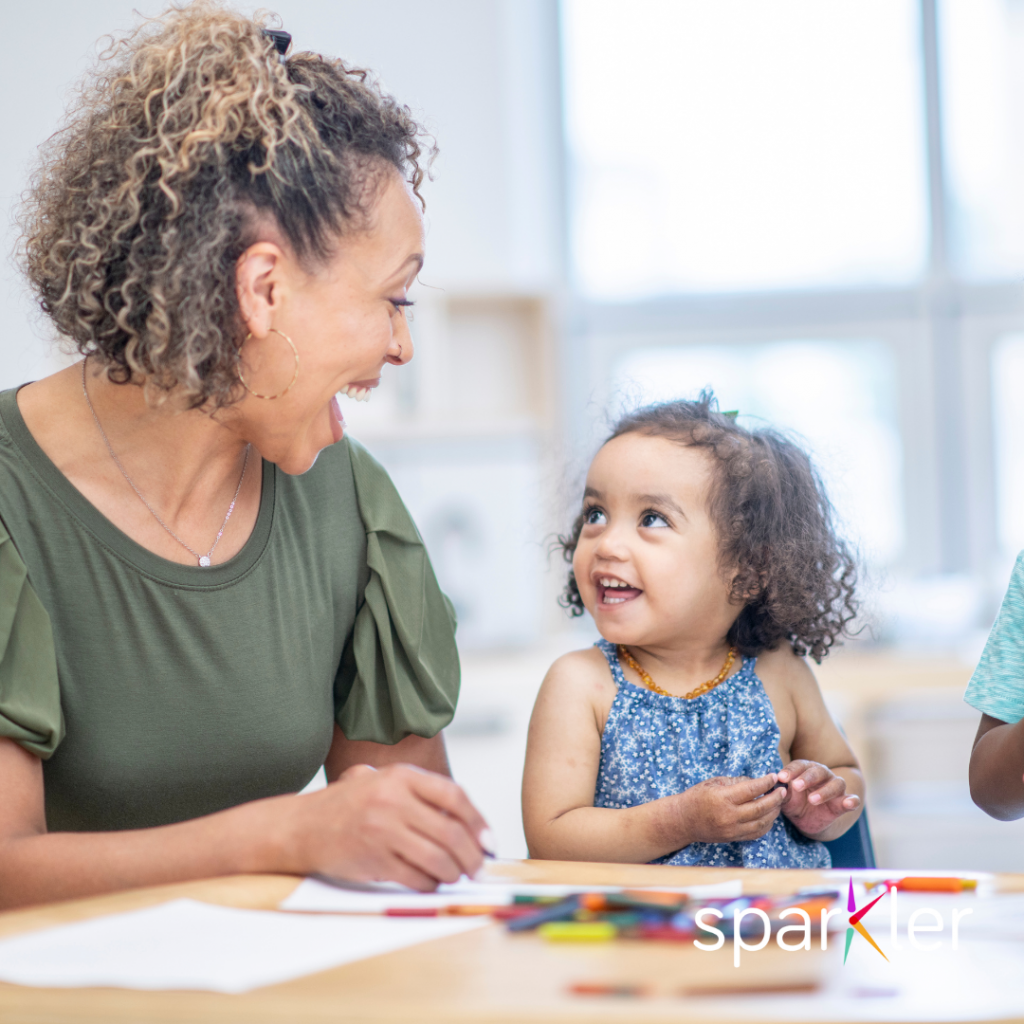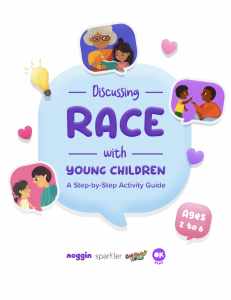Discussing Race
Lesson 2: Families Are Different (And The Same)
Lesson Goals
- Notice diversity within and between families
- Discuss different family structures
Lesson Description
Use the collage of family photos to spark conversations about how families, like people, are both similar and different.
Standards
Early Learning Outcomes Framework: Goal P-SE 6, Goal P-SE 9, Goal, P-SE 10, Goal P-SE 11, Goal P-LC 1, Goal P-LC 2, Goal P-LC 5, Goal P-LC 6, Goal P-LIT
CT ELDS: SE.36.13, SE.48.12, SE.60.15, SE.36.7, SE.48.7, SE.60.9, SE.60.11, SE.36.9, SE.48.9, SE.60.11, SS.48.1, SS.60.1, L.36.5, L.48.5, L.60.5, L.36.7, L.48.7, L.48.11, L.36.14, L.48.13, L.48.15

Lesson Plan: Similarities & Differences
Play "Us Time" Song
Review Agreements
Discussion: Family Collage
Activity: Family Interview
Activity: Family Statistics
Closing Discussion: Families
Thank You: Share the Us Time Closing Song
Same – an identical type; exactly similar
Different – not the same as another or each other; unlike in nature, form, or quality
What You'll Need
Lesson Quick Links
- “Us Time” song
- Family Photos Collage
- “Thank You” goodbye song
- Discussing Race with Young Children guide
Family Engagement Materials
From this lesson, you can share:
- “Us Time” song
- Activity: My Bread, Your Bread
Activity: Family Flag
Discussing Race with Young Children: A Step-By-Step Activity Guide
“Thank You” goodbye song
Explore Other Us Time: Race & Racism Resources
- Sparkler Educator Resources Home Page
- Similarities and Differences
- Families are Different, and the same!
- Empathy: We All Have Feelings
- That’s Not Fair: Upstanding
- Race Review





